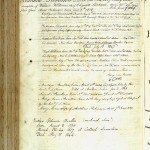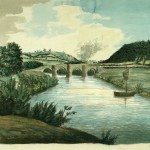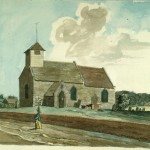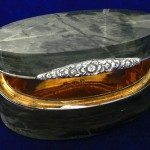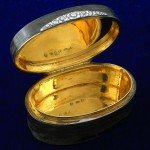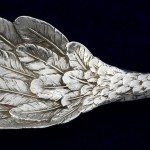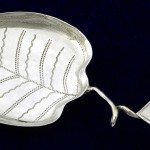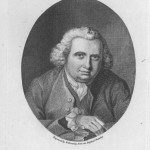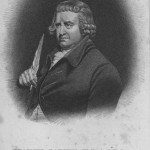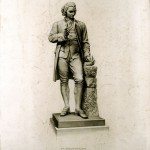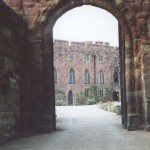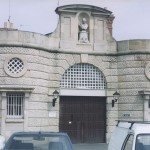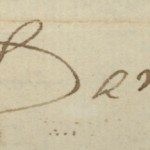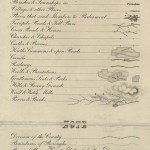Browse Times
1776-1783
1776
Erection of the first two Watt engines at Broseley and Tipton.
1777
Arrival of William Murdock in Birmingham.
1778
The Trent and Mersey Canal was opened to traffic.
The Catholic Relief Act enabled Catholics to register their places of worship.
1779
Opening of Birmingham’s General Hospital.
Establishment of the Birmingham Library.
Construction of the Ironbridge by Abraham Derby III spanning the River Severn at Coalbrookdale.
Samuel Crompton developed the Spinning Mule combining features of the Spinning Jenny and Water Frame for cotton spinning.
James Keir patented Muntz Metal, which could be forged or wrought when it was cold as well as red-hot.
Founding of the Derby Philosophical Society.
1780
Joseph Priestley settled in Birmingham.
Gordon Riots in London.
James Keir discovered the distinction between carboin acid gas and atmospheric air. He set up a chemical works at Tipton in the same year.
Erasmus Darwin met Samuel Galton junior
1781
The population of Birmingham reached 50,000 making it the second largest English town.
Erasmus Darwin left Lichfield for Derbyshire.
Richard Arkwright built a cotton mill at Rocester near the River Dove.
The New Hall Porcelain Company in Derby began to produce commercially successful porcelain.
James Watt developed his rotary motion.
1782
Josiah Wedgwood ordered a Boulton and Watt engine produced by Matthew Boulton and James Watt to drive a clay mill and colour-grinding mill. Etruria was the first factory to install a rotary steam engine. James Watt developed his double-acting engine.
1783
James Watt patented a rotary steam engine.
The Treaty of Paris ended the American War of Independence and Britain recognised the independence of the USA.
Publication of Thomas Day’s Sandford and Merton.
Articles in this time period
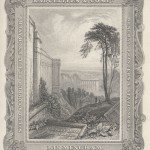
Advertisement: Radclyffes and Co, General Printers and Stationers, Birmingham
Image from: William Hawkes Smith, Birmingham and its Vicinity as a Manufacturing and Commercial District (London and Birmingham, 1836), Local… read more »
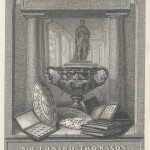
Advertisement: Sir Edward Thomason, Birmingham, Manufacturer of Articles
Image from: William Hawkes Smith, Birmingham and its Vicinity as a Manufacturing and Commercial District (London and Birmingham, 1836), Local… read more »
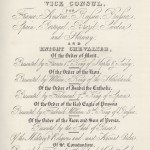
Advertisement: Sir Edward Thomason, Vice Consul and Knight Chevalier
Image from: William Hawkes Smith, Birmingham and its Vicinity as a Manufacturing and Commercial District (London and Birmingham, 1836), Local… read more »
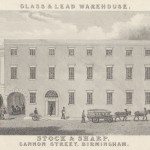
Advertisement: Stock and Sharp, Glass and Lead Warehouse, Birmingham
Image from: William Hawkes Smith, Birmingham and its Vicinity as a Manufacturing and Commercial District (London and Birmingham, 1836), Local… read more »
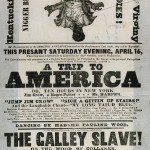
Advertisement: The Last Appearance of Mr Harper, Black singer and comedian
Watton’s Newspaper Cuttings, Volume 5 Image from: Shropshire Archives
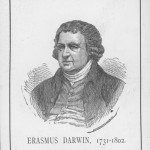
An “ever-open door”: Erasmus Darwin and Lichfield
Samuel Johnson described Lichfield as a “city of philosophers” where Erasmus Darwinwas the most prominent of an outstanding group of… read more »
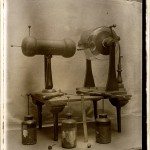
Apparatus
Image from: Joseph Priestley Collection by Samuel Timmins, Birmingham City Archives.
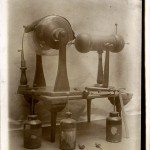
Apparatus
Image from: Joseph Priestley Collection by Samuel Timmins, Birmingham City Archives.
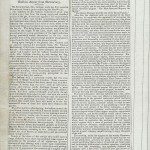
Article from The Salopian Journal, 10 October 1838, on Mrs Graham’s ascent in a balloon
Watton’s Newspaper Cuttings, Volume 2 Image from: Shropshire Archives
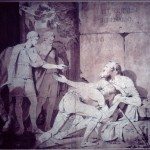
Belisarius receiving Alms (1775)
Image: Joseph Wright of Derby (1734-1797), Pen, ink and brown wash over pencil. Image from: Derby Museum & Art… read more »
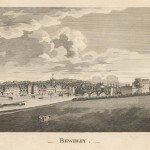
Bewdley
IS not a parish of itself, but a chapelry in the parish of Ribbesford, from whose church… read more »
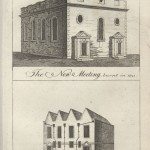
Birmingham: Priestley’s Educational Inheritance
Image: The Old and New Meeting Houses, the Unitarian chapels in Birmingham. Image from: William Hutton, An History of Birmingham (Birmingham,… read more »
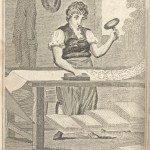
Calico Printer
Calico is a type of cloth, heavier than linen and made of cotton. A calico printer drew… read more »
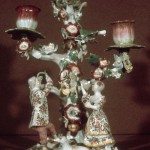
Candelabrum, c. 1755-60
Rococo double candelabrum in form of a flowering tree crowned with a nesting bird. The applied flowers… read more »
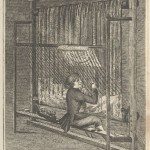
Carpet Maker
The picture shows a carpet weaver at his loom. The loom consists of two long planks of… read more »
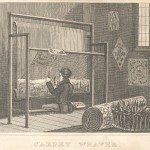
Carpet Weaver
“The art of weaving carpets is carried on to a great extent in England at the present… read more »
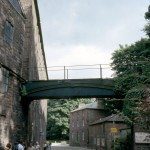
Cast-iron Aqueduct, Cromford Derbyshire
The aqueduct carried water from the Greyhound Pond and Cromford Sough to power the water wheels of… read more »
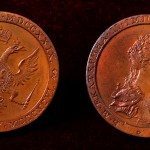
Catherine the Great and her non-visit to Soho House
Image: Death of Catherine the Great. Double-headed eagle and bust of the monarch. 1796. Designed by Conrad Heinrich… read more »



Catherine the Great’s Medals
Image: Death of Catherine the Great. Double-headed eagle and bust of the monarch. 1796. Designed by Conrad Heinrich… read more »
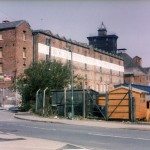

Charles Bage, the Flax Industry and Shrewsbury’s Iron-Framed Mills
Image: View of Ditherington Mill in April 2003, the world’s first completely iron-framed building. The factory was built… read more »
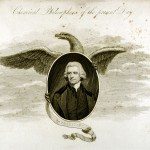

Chemical Philosophers of the Present Day: Dr Priestley
Image from: Joseph Priestley Collection by Samuel Timmins, Birmingham City Archives.
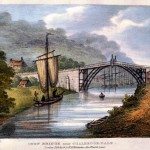

Colebrook Dale
Image:The Iron Bridge, near Coalbrookdale Shropshire. Thomas Harral, Picturesque Views of the Severn (1824). Harral’s views were largely based… read more »
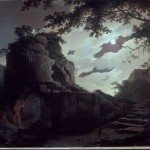

Conclusion: Classical Order versus Romantic Nature
Virgil’s Tomb (1782), Joseph Wright of Derby (1734-1797), Oil on Canvas. Derby Museum & Art Gallery. Wright painted several… read more »
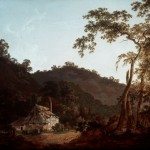

Cottage in Needwood Forest
Joseph Wright of Derby (1734-1797). Image from: Derby Museum & Art Gallery
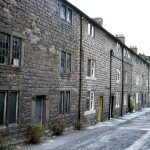

Cromford: A Factory Community
Image: Housing in North Street, Cromford, Derbyshire. Richard Arkwright built houses to attract people to work in his… read more »
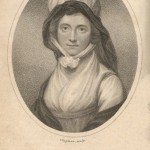

Curiosities in Greene’s Museum
Image: “Miss Seward”. John Jackson, History of the City and Cathedral of Lichfield(London, 1805). Anna Seward, the Lichfield poet… read more »
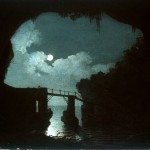

Darwin, Priestley and Romantic Materialism
Image: Bridge through a Cavern, Moonlight (1791). Joseph Wright of Derby (1734-1797), Oil on Canvas. Derby Museum & Art Gallery.… read more »
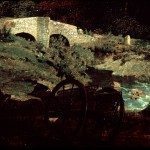

Detail of Landscape with a Rainbow
Joseph Wright of Derby (1734-1797). Image from: Derby Museum & Art Gallery
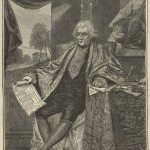

Dr John Ash, M.D.
Image: Print of a portrait of Dr John Ash (1723-1798) from R K Dent, Old and New Birmingham: A… read more »
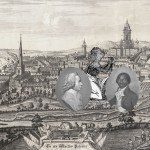

Enlightenment and Dissent: A Poem
By Roi Ankhkara Kwabena, Poet, Writer and Cultural Activist Roi was born in the Caribbean island of… read more »
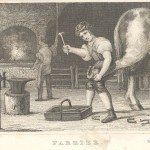

Farrier
Source: The Complete Book of Trades, or the Parents Guide and Youth’s Instructor in the Choice of a… read more »
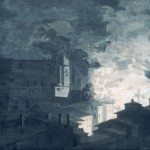

Fire in Rome
Originally called Fire in Rome, this image is probably one of Wright’s drawings of the Girandola firework… read more »
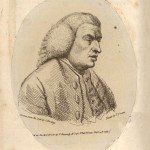

Floyer and Samuel Johnson
Image: Print of Samuel Johnson from John Jackson, History of the City and Cathedral of Lichfield (London, 1805). Image from: Local… read more »
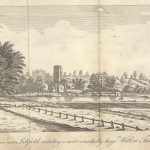

Floyer and the Medical Importance of Bathing
Image: Stowe Pool, Lichfield from John Jackson, History of the City and Cathedral of Lichfield (London, 1805). In front of… read more »
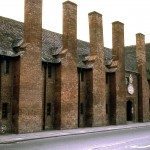

Floyer’s Pioneering Medical Publications
Image: St John’s Hospital, Lichfield. Floyer based much of his evidence in his book, The Physician’s Pulse-Watch, from evidence… read more »
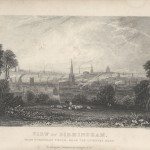

Frontispiece: View of Birmingham from Bordesley Fields, near the Coventry Road
Image from: William Hawkes Smith, Birmingham and its Vicinity as a Manufacturing and Commercial District (London and… read more »



